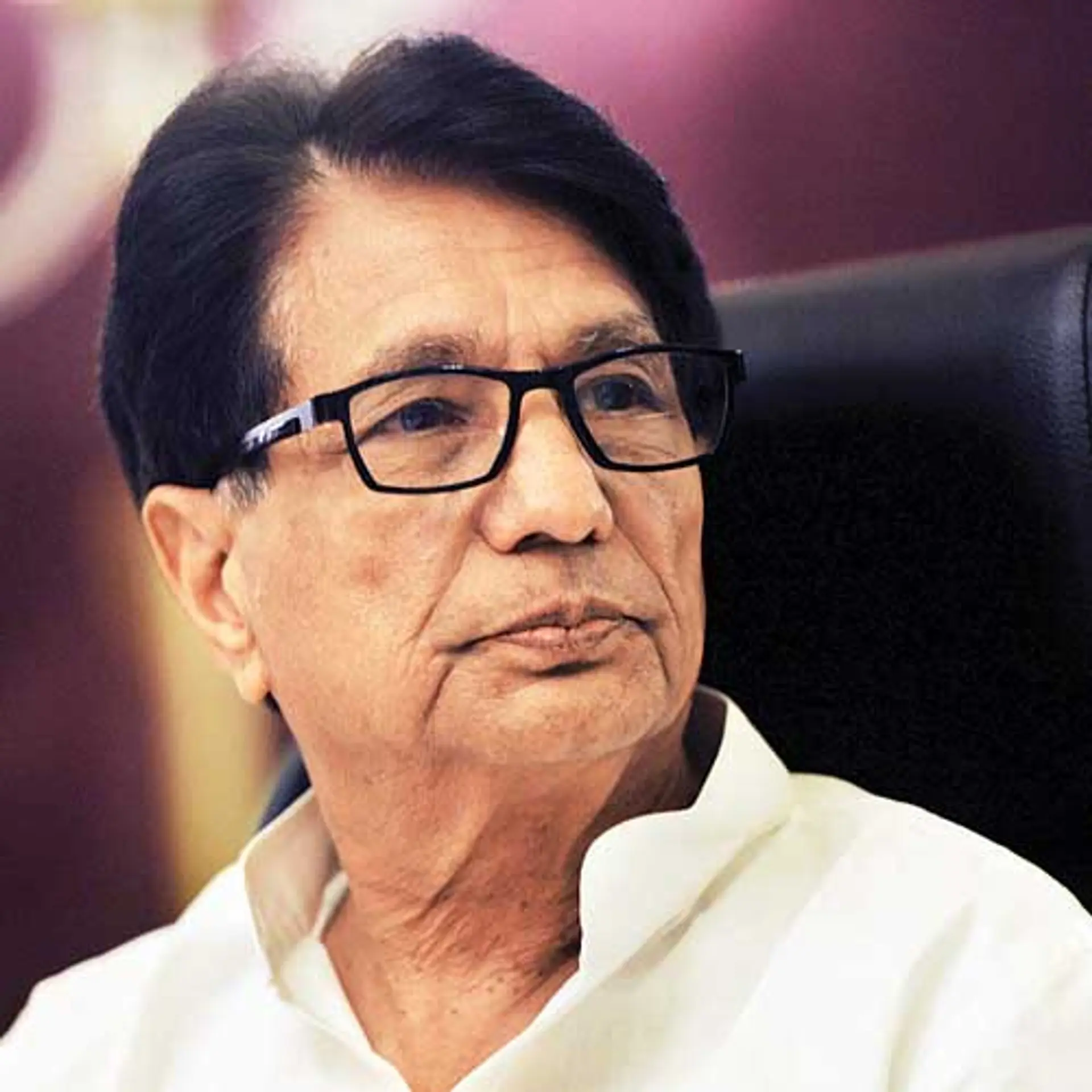

Arts and Social perception
Art is often a vehicle for social change. It can give voice to the politically or socially disenfranchised. A song, film or novel can rouse emotions in those who encounter it, inspiring them to rally for change.
Societies are built on an ethos that is rooted in its creative and cultural expressions, right from language to food, from music to monuments and structures. The Arts and Culture form the basis of a gamut of social interactions and exchanges, consciously and sub-consciously. Even in this moment of global distraught, the Arts have been a source of solace and inspiration for many.
When I say the Arts please don’t limit it to a painting hanging from a wall or a musical piece, I am referring to the artistic and creative expressions of people, coming to the fore. During the pandemic, on one side where there was loss and despair, on the other side there was revived interests and renewed love for the paint brush, or the musical instrument and such other artistic mediums, enabling interaction and community building.
While death, loss and grief have been images emerging out of the pandemic, love, togetherness and people immersing themselves in artistic activities across the globe will also be a part of the same montage.
However, this intersection of Arts and Society is not new or unique, if we look into the histories of regional struggles, we would notice a lot of protest art and diverse cultural expressions emerged out of these. These cultural elements combine to become iconic symbols for a movement.
Although, however indispensable a part of our being the arts may be, popular perception about the arts is still elitist and exclusive. Specially, in regions where people are struggling for basics like food, healthcare, shelter, education the idea of immersing into the arts might seem a privileged notion. But this is a perception that needs to be addressed and best examples could be folk and popular expressions of the arts which are easily accessible by the masses.
This points us towards questioning the involvement and access there is for the masses to experience diverse art forms and creative expressions. While for popular art forms there are multiple marketing vehicles to reach out to the consumer, however for niche art forms this scope is very limited. Therefore it is perhaps safe to say that the introduction to multidisciplinary arts and diverse creative expressions is hinged on access and exposure.
Art has the powerful ability to transform social conventions, instilling value and building communities through sharing of experiences.
We have often heard the term popular collective conscious, which is nothing but the repository of our cultural being passed through generations of conventions and norms. Therefore the arts really has a much greater role in the society than what merely meets the eye.
ALSO READ

Art preserves what fact-based historical records cannot: how it felt to exist in a particular place at a particular time. Art in this sense is communication; it allows people from different cultures and different times to communicate with each other via images, sounds and stories.
Art is often a vehicle for social change. It can give voice to the politically or socially disenfranchised. A song, film or novel can rouse emotions in those who encounter it, inspiring them to rally for change.
Researchers have long been interested in the relationship between art and the human brain. For example, in 2013, researchers from Newcastle University found that viewing contemporary visual art had positive effects on the personal lives of nursing home-bound elders. Or even beautification drives of our civic societies, which helps transform urban spaces and alter peoples’ perception about the usage of space has in many instances promoted behavioral change.
Art also has utilitarian influences on society. There is a demonstrable, positive correlation between schoolchildren’s grades in math and literacy, and their involvement with drama or music activities.
As the National Art Education Association points out, art is beneficial for the artist as an outlet for work. Art not only fosters the human need for self-expression and fulfillment; it is also economically viable. The creation, management and distribution of art, employ many.
In the times to come we are looking at a skill-based economy and arts will be a principal proponent of imparting those skills, creating job opportunities and wealth creation. Therefore we as a society need to focus on the arts a lot more to drive positive socio-cultural impact.







